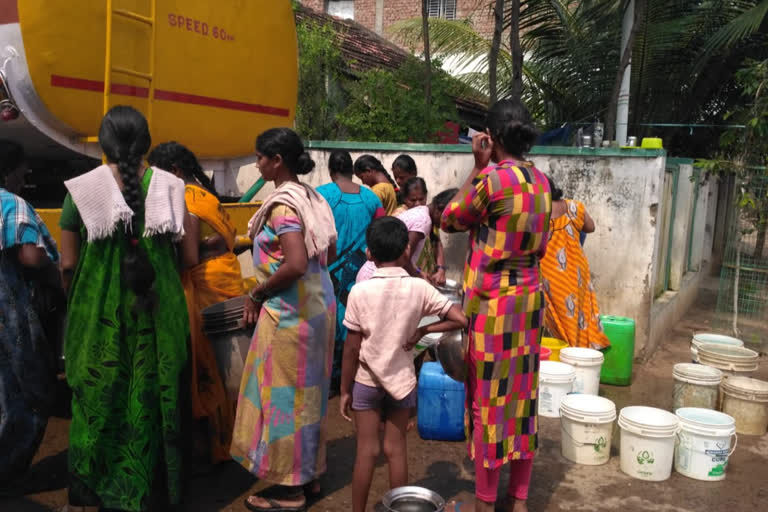Hyderabad: Though three-fourth of the earth’s surface is covered with water, only 2.5 percent is suitable for human consumption. Water conservation is essential to meet the population’s water needs. Effective and strategic planning is important to ensure safe procurement, distribution and use of drinking water.
Intending to bettering the lives of the rural populace, the central government has been successfully implementing Swacch Bharat Abhiyan, Gramin Awas Yojana, Ujjwala Yojana and Sowbhagya Yojana. As the majority of villages still face acute safe drinking water shortage; the Ministry of Jal Shakti embarked on the Jal Jeevan Mission (JJM) to ensure access of piped water to every home.
The initiative envisions to provide individual tap connections by 2024 to all households in rural India.
Several scientific studies showed a rapid decline in per capita water availability in India. Water use has been growing at a disproportionate rate to water conservation. The Government of India introduced the Accelerated Rural Water Supply Program (ARWSP) in 1972 to assist states and union territories to implement drinking water supply schemes in villages.
Through National Rural Drinking Water Program (NRDWP) 2017, the Ministry of Jal Shakti aims at improving the coverage of adequate and safe drinking water to the rural population in the country. However, only 3.23 crore rural households in the country have tap connections.
Read: Foreign birds start arriving at Magadi Lake in Karnataka's Gadag district
In August 2019, the GoI has restructured and subsumed NRDWP into JJM to provide Functional Household Tap Connection (FHTC) to every rural household. JJM fund allocation to states has been modified on the basis of the rural population, SC and ST residents and citizens residing in habitats affected by chemical contaminants including heavy metals.
In the previous Budget, Rs 10,000 crore was allocated for this ambitious mission. During 2019-20, 83.84 lakh households got tap connections through JJM. In 2020-21, the Center allocated a sum of Rs 23,500 crore and set deadlines for states and union territories.
Goa has already achieved the target of providing 100 percent tap connections. Haryana, Jammu and Kashmir, Ladakh, Himachal Pradesh, Gujarat, Uttar Pradesh and Sikkim have committed to achieving this goal by 2022 while Assam, Andhra Pradesh, Jharkhand, Maharashtra, Odisha, Rajasthan, Tamil Nadu, Uttarakhand and West Bengal planned for full saturation in 2024.
Other states and union territories have aimed for 100 percent coverage by 2023.
Telangana has been successful in supplying safe drinking water for every village and city household through Mission Bhagiratha. The state has 98.31 percent functional tap connections and on a fast track to becoming the second state to reach the 100 percent target.
Gram Panchayats should work towards ensuring drinking water facility in villages. Conventional water sources such as ponds and lakes must be revived for sustainable and long-term access to drinking water.
Ground and rainwater harvesting is equally important. The government must partner with research and development agencies, NGOs, women self-help groups and corporates to realize the safe drinking water goal and improve the living standards of rural India.
Read: Officials suspect organochlorines behind mystery illness in Eluru



